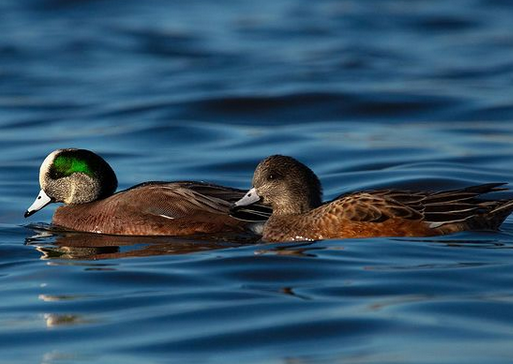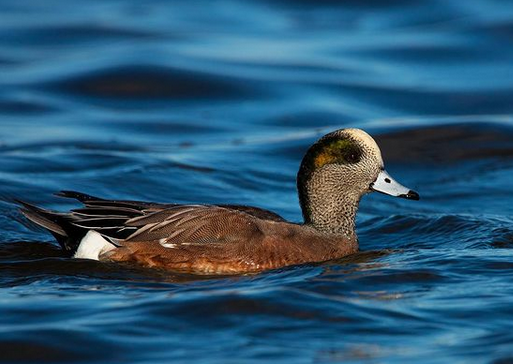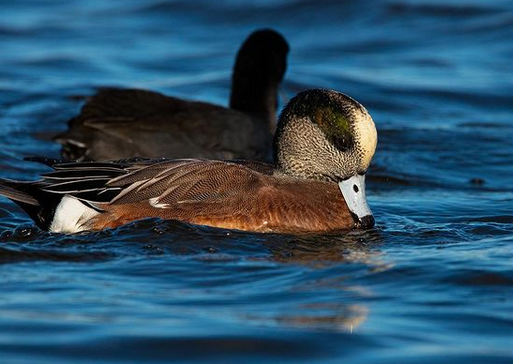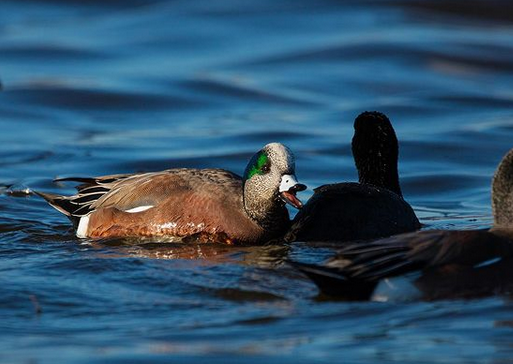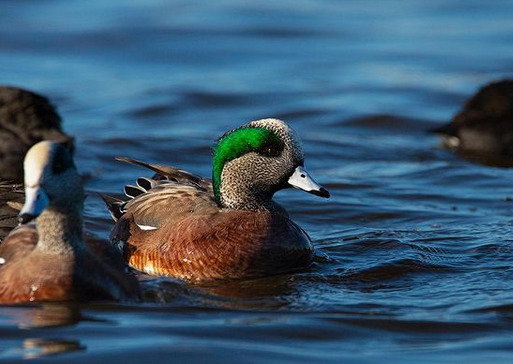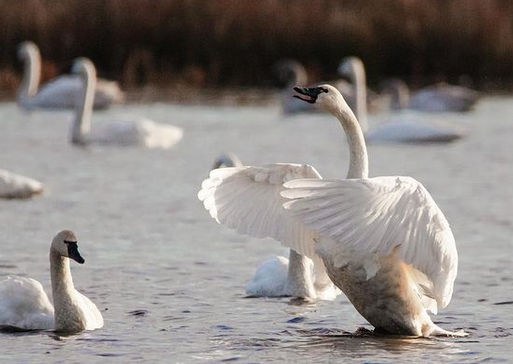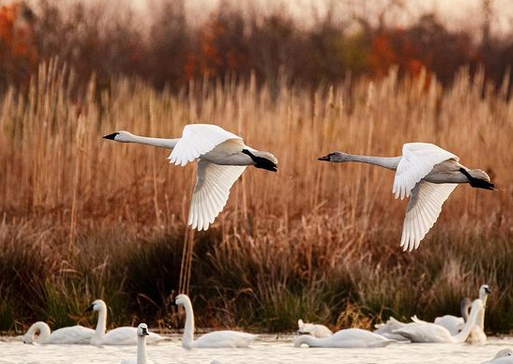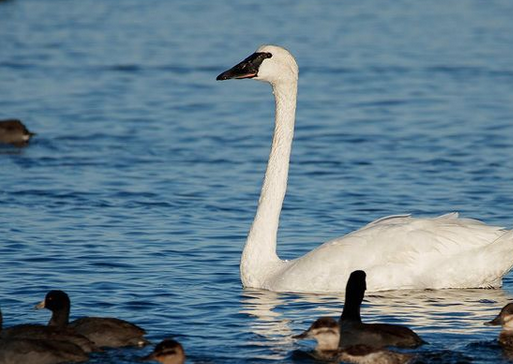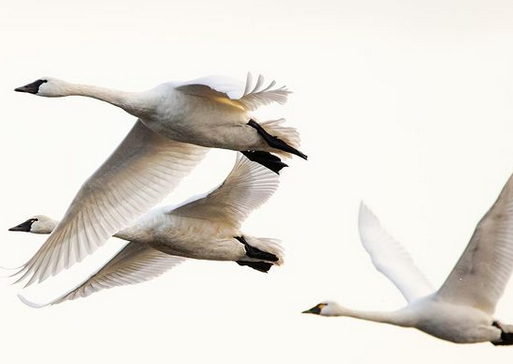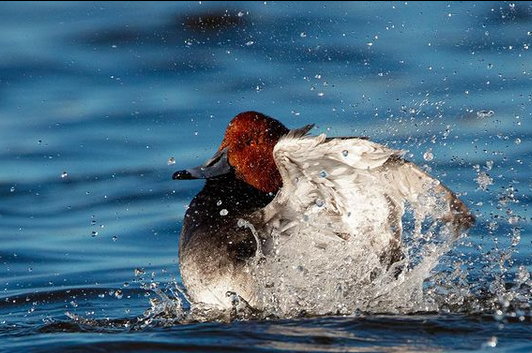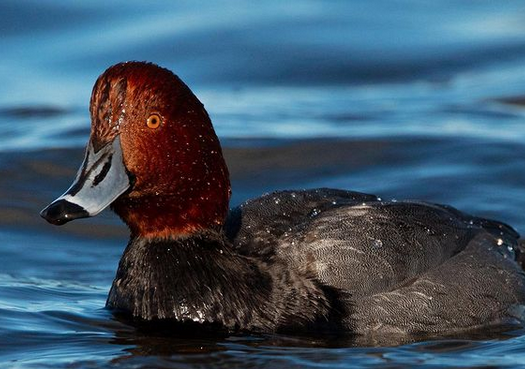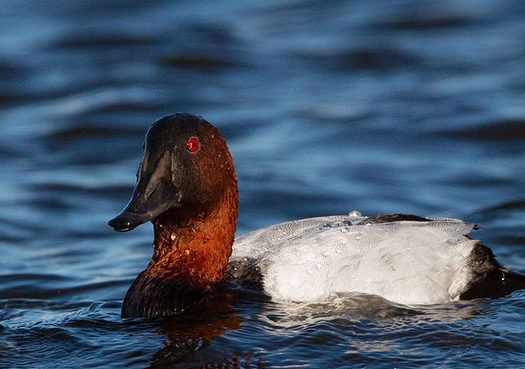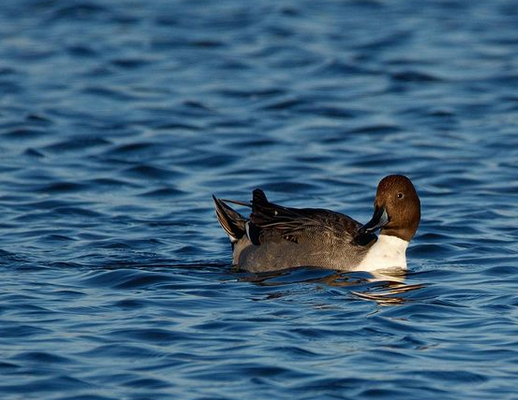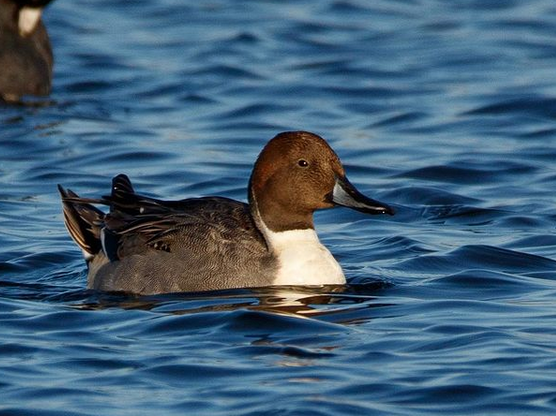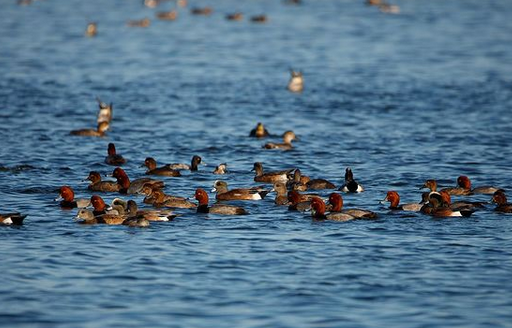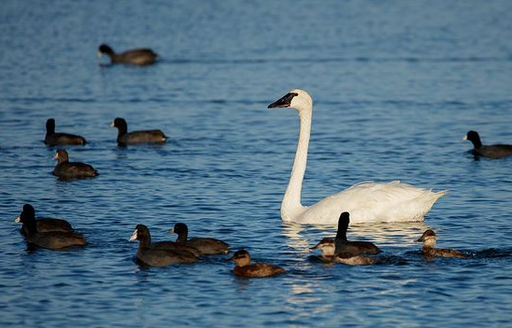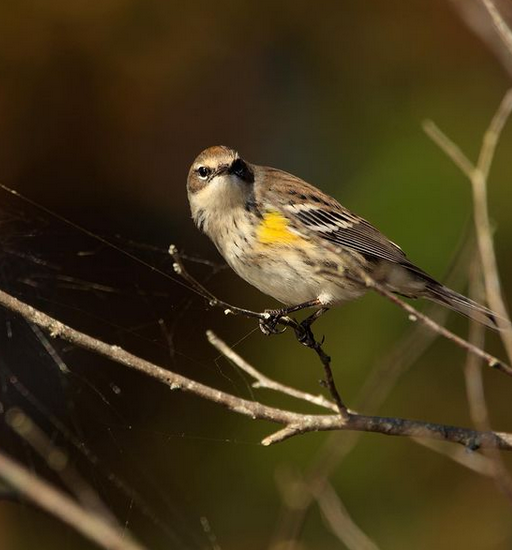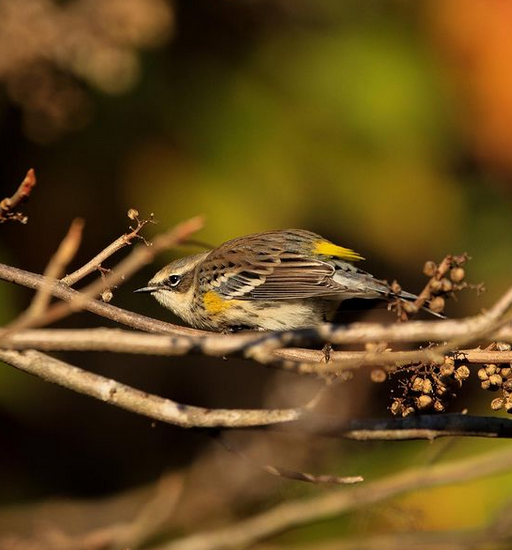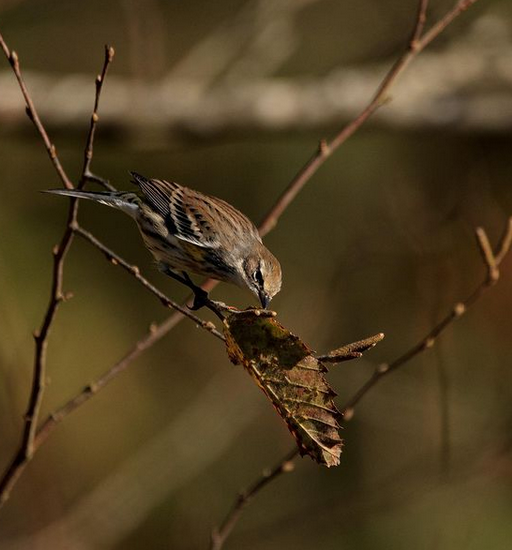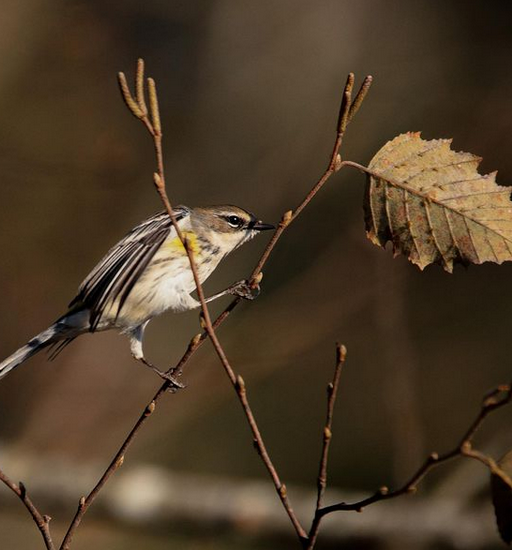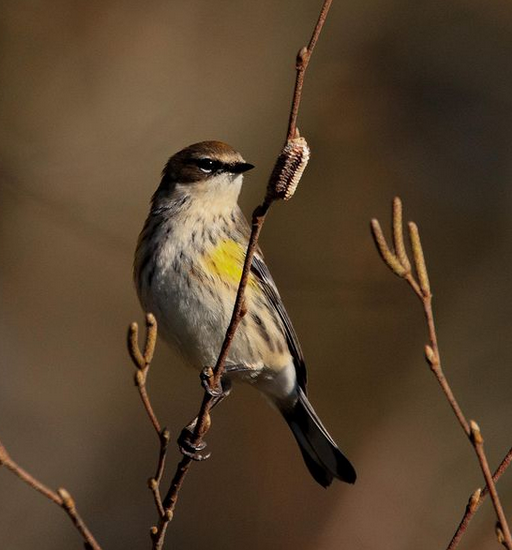While visiting the Pungo Unit, I encountered a pair of Eastern wild Turkeys making their way through a field as I drove along Canal D rd.
I watched them for several minutes as they strolled through the grass just before sunrise.
It was neat to see them out there in the open!


These large birds are constantly on the move, always on the lookout for a new snack (nuts, seeds, grains, insects and small fruits) to gobble down 😉
They’re most frequently observed foraging in the early morning hours around sunrise, and will also feed actively in the evening before darkness sets in.
A year round resident, the Eastern wild Turkey is found in nearly every county here in North Carolina. As a flock, they’re skittish birds which in my experience, are best found while driving around open fields.
I’ve seen hundreds of them this way but have never seen one while hiking through the woods.
These two didn’t stick around long enough for me to get a proper video, but it was neat to catch a glimpse (and a couple pics) of them before they beat feet back to the tree line.
Photos by @sally_siko of @birdwatching_nc on the fabulous full frame @canonusa
#5Ds

